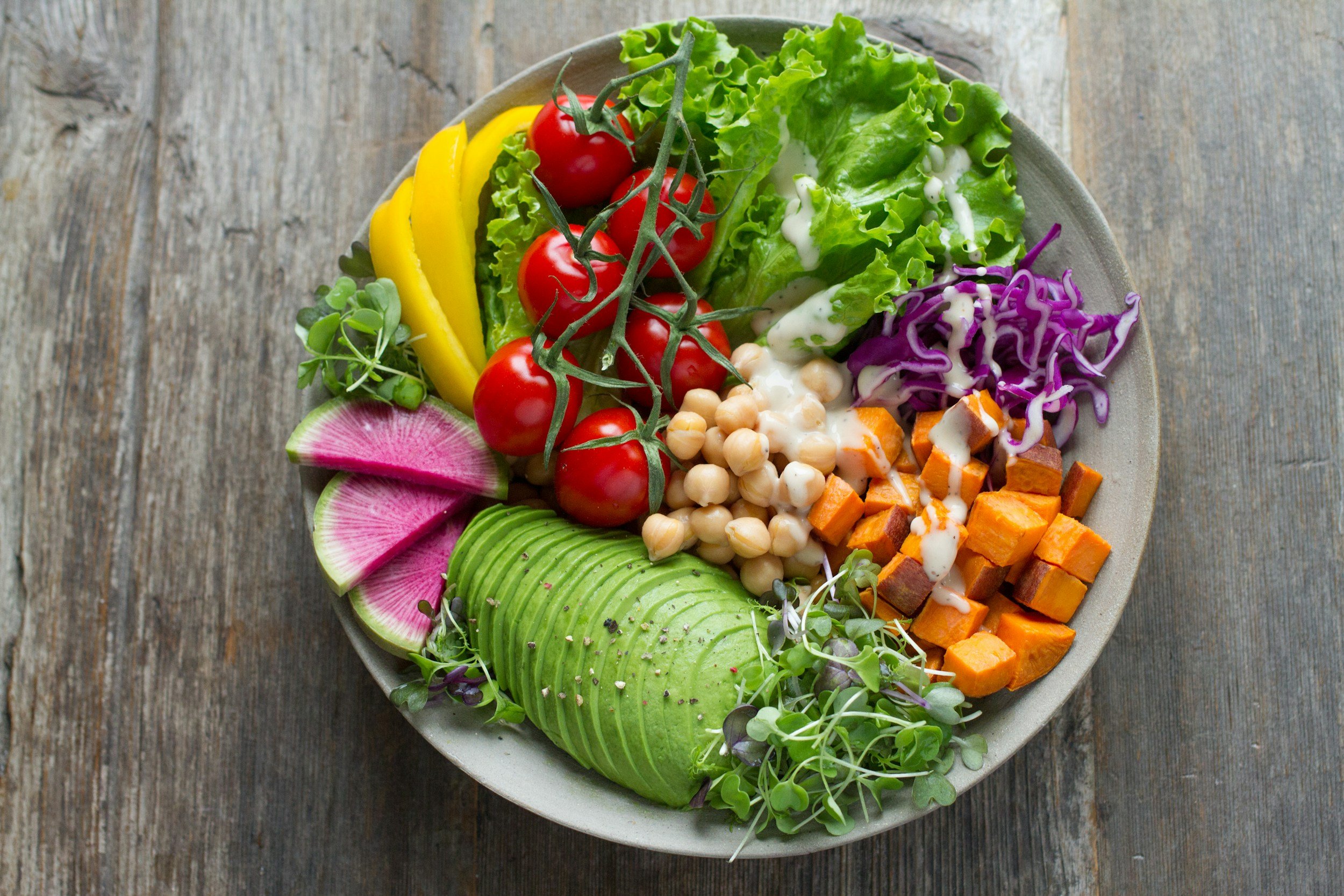news from the future

The future of healthcare is deep
We need a new approach to healthcare in order to maintain progress in the face of an ageing population: Deep Healthcare.

What to expect in 2023
Every year I get asked for my predictions for the year ahead. Here's what I'm telling people - including Times Radio’s John Pienaar

Future food industry – will we be making food in space?
The future of food industry has lots of potential, from farming to growing food in space. Find out more in the latest blog.

What’s in the future for food technology?
Where will we be with food technology in the coming years? Find out more about automation and the future kitchen.

What will we eat in the future?
My goal is to answer other people’s questions on this blog. Questions like, “Will we really eat insects in the future?” and, “How realistic is it that fake meat will take over real meat consumption in the next 50 years?”
Sustainable food production: can robots grow food at home?
In a future where supplies may be short and we have to grow our own, could robots grow food for us at home?
- Future Car 4
- Future Communication 17
- Future Health 10
- Future Media 10
- Future Technology 16
- Future of Business 10
- Future of Cities 9
- Future of Education 7
- Future of Energy 8
- Future of Finance 19
- Future of Food 6
- Future of Housing 3
- Future of Humanity 22
- Future of Retail 9
- Future of Sport 1
- Future of Transport 9
- Future of Work 10
- Future society 11
- Futurism 20
- clippings 1
Archive Note
The archive of posts on this site has been somewhat condensed and edited, not always deliberately. This blog started all the way back in 2006 when working full time as a futurist was still a distant dream, and at one point numbered nearly 700 posts. There have been attempts to reduce replication, trim out some weaker posts, and tell more complete stories, but also some losses through multiple site moves - It has been hosted on Blogger, Wordpress, Medium, and now SquareSpace. The result is that dates and metadata on all the posts may not be accurate and many may be missing their original images.
You can search all of my posts through the search box, or click through some of the relevant categories. Purists can search my more complete archive here.
